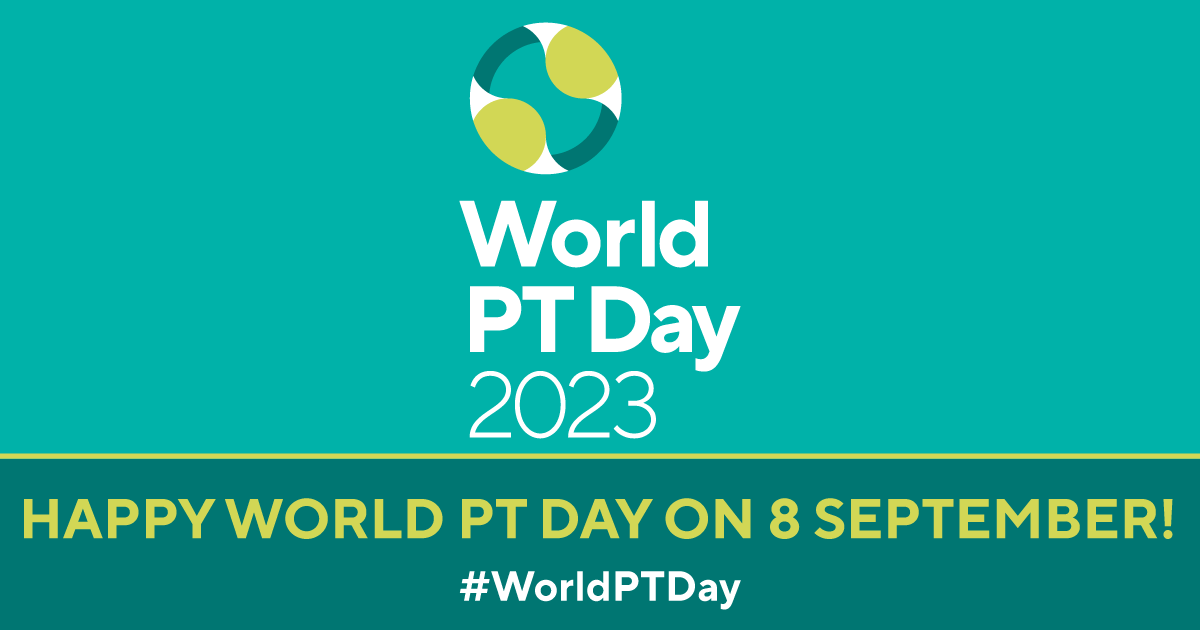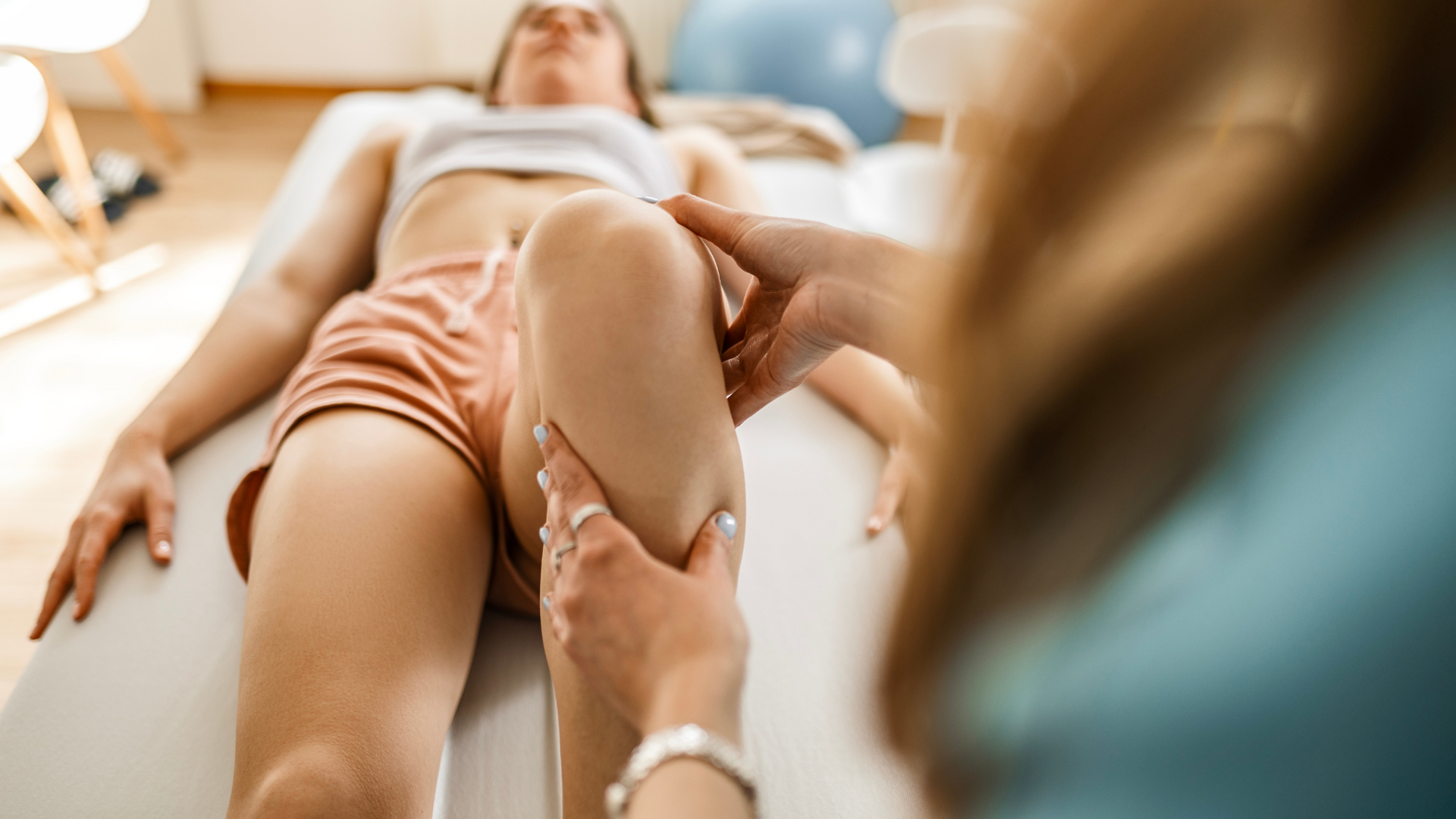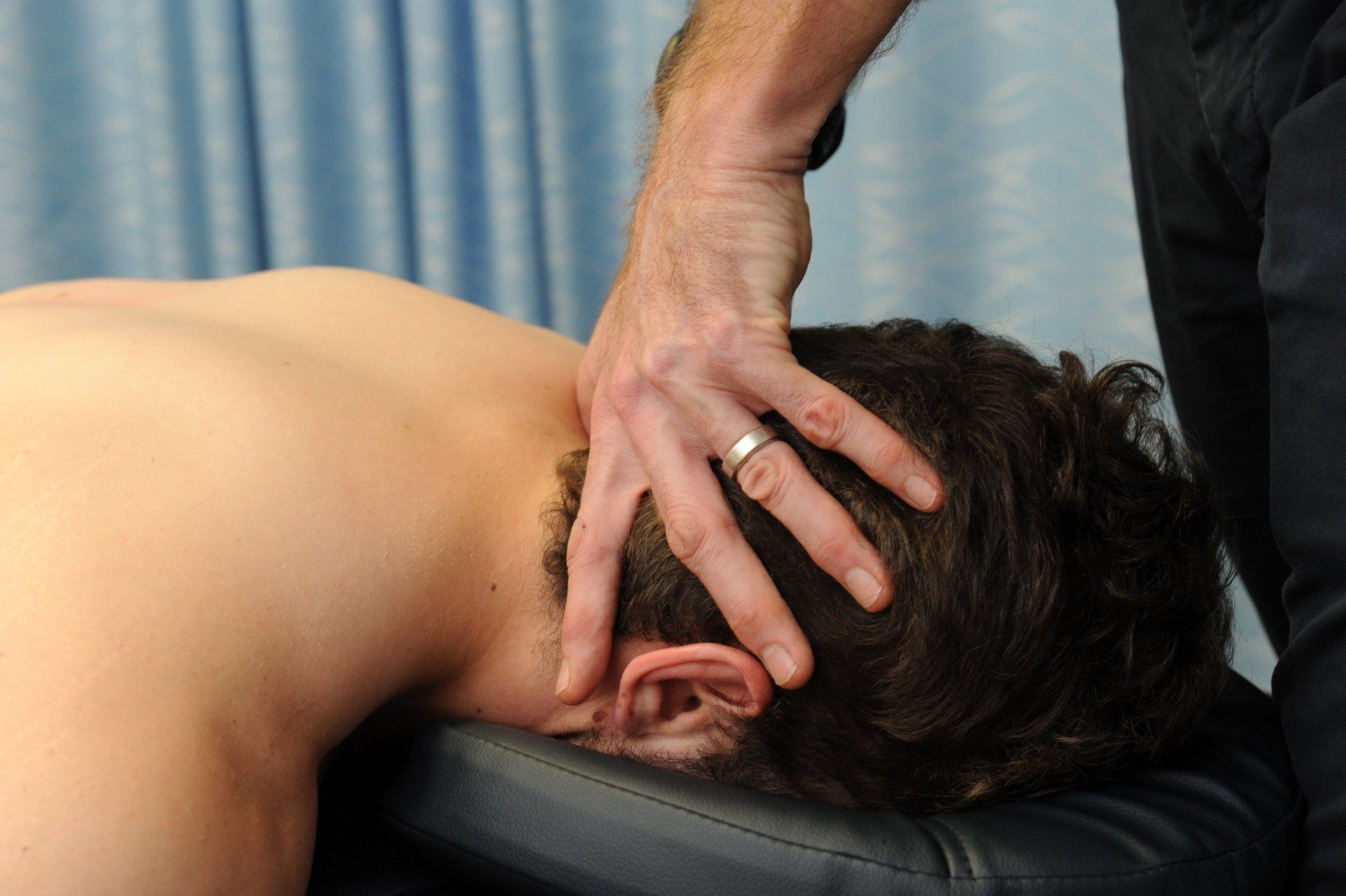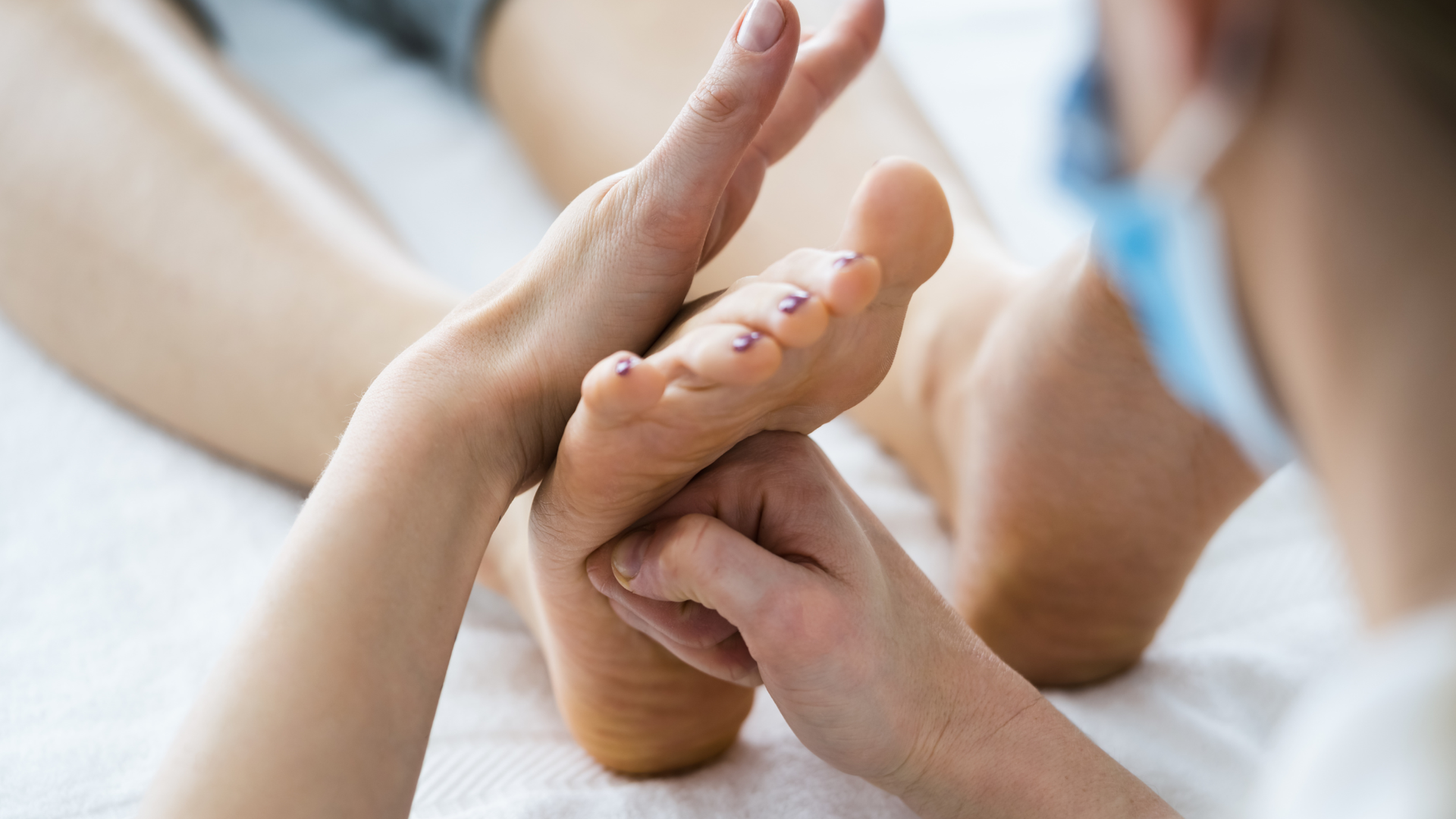World Physical Therapy Day 2023
Arthritis and the crucial role Physiotherapy plays

World PT Day is observed to generate awareness about the crucial contribution physiotherapists make to society, enabling people to be mobile, well, and independent. This is observed annually on 8 September. Designated in 1996, World PT Day is promoted by World Physiotherapy.
The focus for this year’s World PT Day on 8 September is arthritis, with an in-depth look at some forms of inflammatory arthritis, including rheumatoid arthritis and non-radiological axial spondyloarthritis.
What is Arthritis?
Arthritis is an umbrella term used to define acute or chronic joint inflammation. According to Arthritis Australia, 1 in 7 Australians, or approximately 3.6 million people, live with some form of arthritis. The cost to our health system is huge. In 2018/2019, the cost of arthritis and associated musculoskeletal conditions was estimated at $14 billion. With an ageing population, knee and hip joint replacements are projected to cost over $5.3 billion a year by 2030. Many of these costs could be avoided with earlier diagnosis, better access to preventative and multidisciplinary care and support, and investment in high quality research.
What are the symptoms?
Symptoms of arthritis can vary depending on the type of arthritis present. In general, symptoms include pain, swelling, stiffness, and redness which may contribute to reduced function and dexterity. The symptoms of arthritis can vary from week to week, and even from day to day. It can also affect people in different ways and each different arthritic condition can have specific symptoms. However, with the right treatment and approach, you can manage your symptoms and live well.
It's important to emphasise that arthritis isn’t a single condition; there are many different types affecting people of all ages and physical fitness including children, teenagers, and athletes. Some forms of arthritis are more common in older people, some are related to autoimmune responses, while other forms have genetic links.
The role of Physiotherapy
Physiotherapy plays a crucial role in the treatment and management of arthritic conditions. Physiotherapists are primary care practitioners. This means they are able to assess and diagnose their patients within their scope of practice. Physiotherapist's are an integral part of a multi-disciplinary health care team, working closely with doctors, specialists, radiologists, pharmacists and other allied health professionals to optimise the treatment and mangement of arthritis. Their breadth of training and experience enables them to assess arthritic conditions in detail, gauge the impact of symptoms on functional capacity, and effectively guide patients on how to keep active and manage symptoms.
Regular physical activity and exercise are important in the management of all forms of inflammatory arthritis (IA), including rheumatoid arthritis (RA) and axial spondyloarthritis (axial SpA), and offer numerous health benefits. Evidence informed research and clinical experience has clearly demonstrated the importance of staying active and keeping moving with all forms of arthritis. Physiotherapists understand the signs and symptoms of arthritis. This makes them well placed to prescribe, modify, and progress therapeutic exercise, adjust daily activity levels, set achievable personal goals, and help you find the right balance between rest and activity.
Hydrotherapy for Arthritis
One of the best forms of therapeutic exercise for people with all forms of arthritis is hydrotherapy. The temperature of the water combined with the buoyancy that the water provides makes for the perfect environment to soothe sore joints, improve movement and strength, and get the heart rate up. Check out our article on Hydrotherapy for Osteoarthritis for more information.
Different types of Inflammatory Arthritis
There are over 100 different forms of arthritis that affect all parts of the joint and almost every joint in the body. This World Physiotherapy Day, the focus is on just a few of these types.
Rheumatoid Arthritis (RA)
RA is a systemic autoimmune disease that affects the synovial joints. In RA, the immune system attacks the lining of the joints causing inflammation and pain. RA usually affects the small joints of the hands and feet, though the knee and hip joints can also be affected. RA usually affects joints symmetrically (ie. both knees or both hands) and is more common in people who smoke or who have a family history of RA. People with RA and other inflammatory joint disorders have an increased risk of cardiovascular disease (CVD). Healthy lifestyle choices, including regular physical activity, are important in the management of RA to maintain and improve function, manage flare-ups and reduce the risk of CVD.
For more information on RA, click here.
Non-radiographic Axial Spondyloarthritis (nr-axSpA)
Non-radiographic Axial Spondyloarthritis (nr-axSpA) is an autoimmune disease which causes arthritis in the spine and pelvis. While it sounds complicated, non-radiographic Axial Spondyloarthritis simply means that the inflammation does not show up on xray (ie. non-radiological, though it may be seen on MRI), affects the spine (axial) rather than the arms or legs, and can affect the attachment of ligaments and tendons (spondylo) as well as the joint.
People with nr-axSpA should be referred to a physiotherapist to start an individualised, structured exercise programme that is tailored to help maintain spinal flexibility, whole body flexibility, and reduce pain. Even when you have pain, continuing to exercise at levels that suit you has significant benefits.
For more information on Axial SpA, click here.
Juvenile Idiopathic Arthritis (JIA)
JIA is the term given to a group of arthritic conditions that affect children. The term 'idiopathic' means the cause is unknown. So while we know that there is an autoimmune component to JIA that results in the body's immune system attacking healthy cells, the cause for the autoimmune response remains largely unknown. JIA most commonly affects the knees, hips, hands and feet, with typical symptoms including joint pain, swelling, tenderness, stiffness, redness and warmth, as well as fatigue, loss of appetite, and inflammation of the eyes (uveitis). Physiotherapy forms an important role in the management of the symptoms of JIA, assisting you and your child to continue to do the activities they enjoy. Fortunately most children with JIA do not necessarily go on to have arthritis in adulthood.
For more information on JIA, click here.
Osteoarthritis (OA)
Osteoarthritis (OA) is a condition that affects 22% of the population aged over 45. Often described as ‘wear and tear’, OA is known to affect the whole joint including bone, cartilage, ligaments and muscles, and is thought to be the result of a joint working extra hard to repair itself. While any joint can develop OA, the hips, knees, fingers and great toe are most common. The symptoms of OA vary from person to person, even joint to joint in the same person, with the most common symptoms being pain and stiffness of the joints. These sensations are usually worse with activity initially but can be more constant in later disease. Only about a third of people living with OA will get worse over time, and some see an improvement in pain and disability with the correct management. A physiotherapist will be able to guide you on how to keep active.
For more information on OA, check out these articles:
Have you got joint pain or been diagnosed with a form of arthritis? Give us a call.
We are part of a well-connected network of physiotherapists, massage therapists, doctors and specialists and offer a range of
physiotherapy services to help you manage your arthritis symptoms.
Call now on 08 8945 3799 or book online.
For more information on Arthritis, head to
https://arthritisaustralia.com.au/ and follow the social media campaigns
#1in7withArthritis
and
#WorldPTDay.








